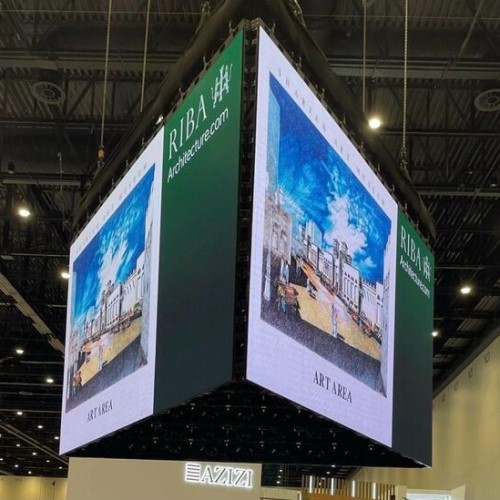
COP26 Cities and Built Environment Day
I was invited by the RIBA to present “Utilising Traditional Desert Urbanism to design in Climate Resilience” at the Cityscape Intelligence Talks today, at Dubai Expo for the final Day of the UK’s COP26 Built Environment Day.
In response to the global challenges faced by rapid urbanisation and to offer specific GCC solutions to the UN’s Sustainable Development Goals and utilising this years’ UN World Cities Day theme of “Adapting cities for climate resilience”, I was able to draw upon my career of practice and research in hot and arid desert environments to show that by learning from the past we can inform and create climatically responsive sustainable design solutions for our cities of tomorrow.
Particularly I was able to call on my first-hand experience as a young professional in the design and delivery of schemes within the UNESCO “Cultural Capital of the Arab World 1998”, in the area now known as the “Heart of Sharjah” and which after three decades of restoration and preservation was later to be nominated as a UNESCO World Heritage Site. Guided by the Sharjah Governments’ archaeological advisor Dr Azzowi, I worked on what may be one of the UAE’s very last “new build” projects which utilised coral stone construction for thermal massing, with the stones being shaped into blocks, suitable for stacking and building into walls. Rectangularity being chiselled by hand, and the chippings and dust collected and ground down to be mixed into the render for the finished face of the walls, in a zero-waste approach.
Thus, creating buildings for cultural use that were developed utilising traditional desert urbanism in climatic responsive designs that built on existing traditions, construction methods and a cultural identity, character, and heritage unique to the hot and humid southern Gulf coastal region and people in which they are set.
Throughout this neighbourhood, traditional and newly restored buildings are tightly clustered together, with pedestrian pathways – sikkas, connecting and weaving in between. Shading a sustainable and walkable community – a fareej, in an area of distinct architectural character. whose route through the buildings draws in burjeel cooling from the nearby shoreline winds which are channelled through windy sikkas and the open spaces to create a cooling microclimate. Limited openings in exterior walls protect against sun and heat penetration and windcatchers are constructed in towers to draw in cooler air to improve comfort levels internally. For privacy the buildings are inward facing and open onto private courtyards, and rooftop terraces which are used in the cooler months or after sunset.
The last 70 years or so has seen the region transformed into a hydro-carbon economy, which brought not only an increasing prosperity, but a population explosion and with it a rapid urbanisation utilising a much more international architectural style that became detached and removed from any historical, social, or cultural context. Certainly, most of UAE buildings’ character and identity lost any harmony with its’ traditional climatic responses as concrete, steel and glass was widely introduced to accelerate the construction process.
With our understanding of traditional craft, detailing and materiality and now that we are looking towards a decarbonised future, we must revert to a more traditional urbanism and rediscover the principles to sustainable development specific to his location, its climate and context, whilst creating the scale and density that contemporary cities now call for.
Tags #COP26, #citiesregionsandbuiltenvironmentday, #cityscapeglobal, #riba, #ribainternational, #deserturbanism, #sustainablecities, #adaptingcitiesforclimateresilience,

This blog was created by tangram’s Design Director and founder of tangramTERRA Ms Sandra Woodall, a passionate environmentalist, architect, urbanist, researcher, pre-covid travelholic and baker of vegan treats. She is a Fellow of the Royal Institute of British Architects (RIBA), the Royal Society of Arts (RSA), and the Academy of Urbanism (AoU). Sandra is an award-winning designer who leads our MENA region studio who were recognised as the “2019 MENA Architecture Firm of the Year” by the Middle East Economic Digest (MEED), and who have received accolades including six international sustainable design awards for five different projects in four years. She is the RIBA Regional Ambassador for Sustainability, promoting and developing UK design and management skills across the MENA region, and is the UAE country representative on the RIBA Gulf Chapter. She founded, curates and presents the Chapters’ ongoing “Sustainable Development Series” to share awareness, knowledge, skills, tools and best practice with built environment professionals across the GCC and to showcase projects, methods, procedures and strategies to empower and equip us all to meet the challenges faced in delivering the UN’s Sustainable Development Goals across the region.



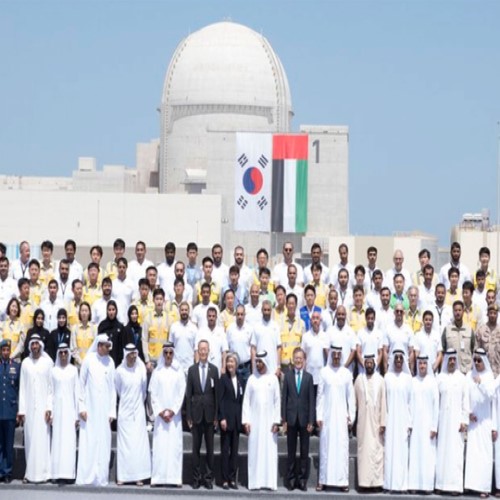


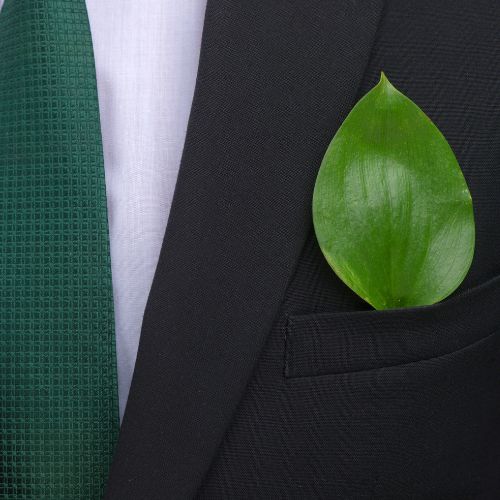
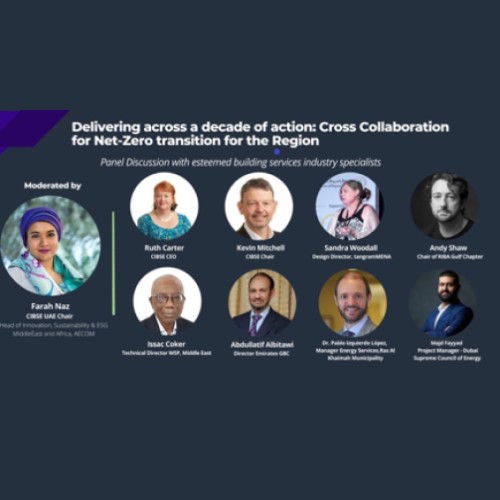

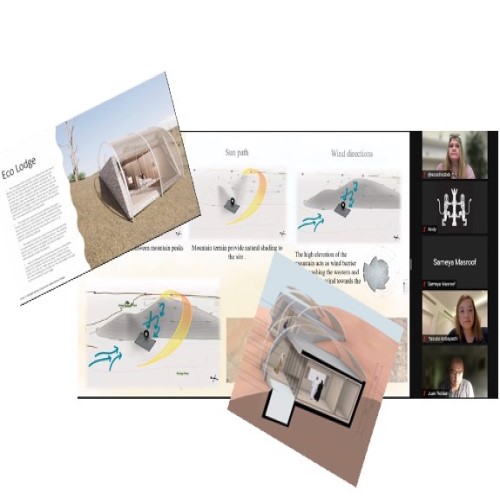
Hilda
Good post. I learn something new and challenging on websites I stumbleupon everyday.
It’s always helpful to read through articles from other authors and practice something from their websites.